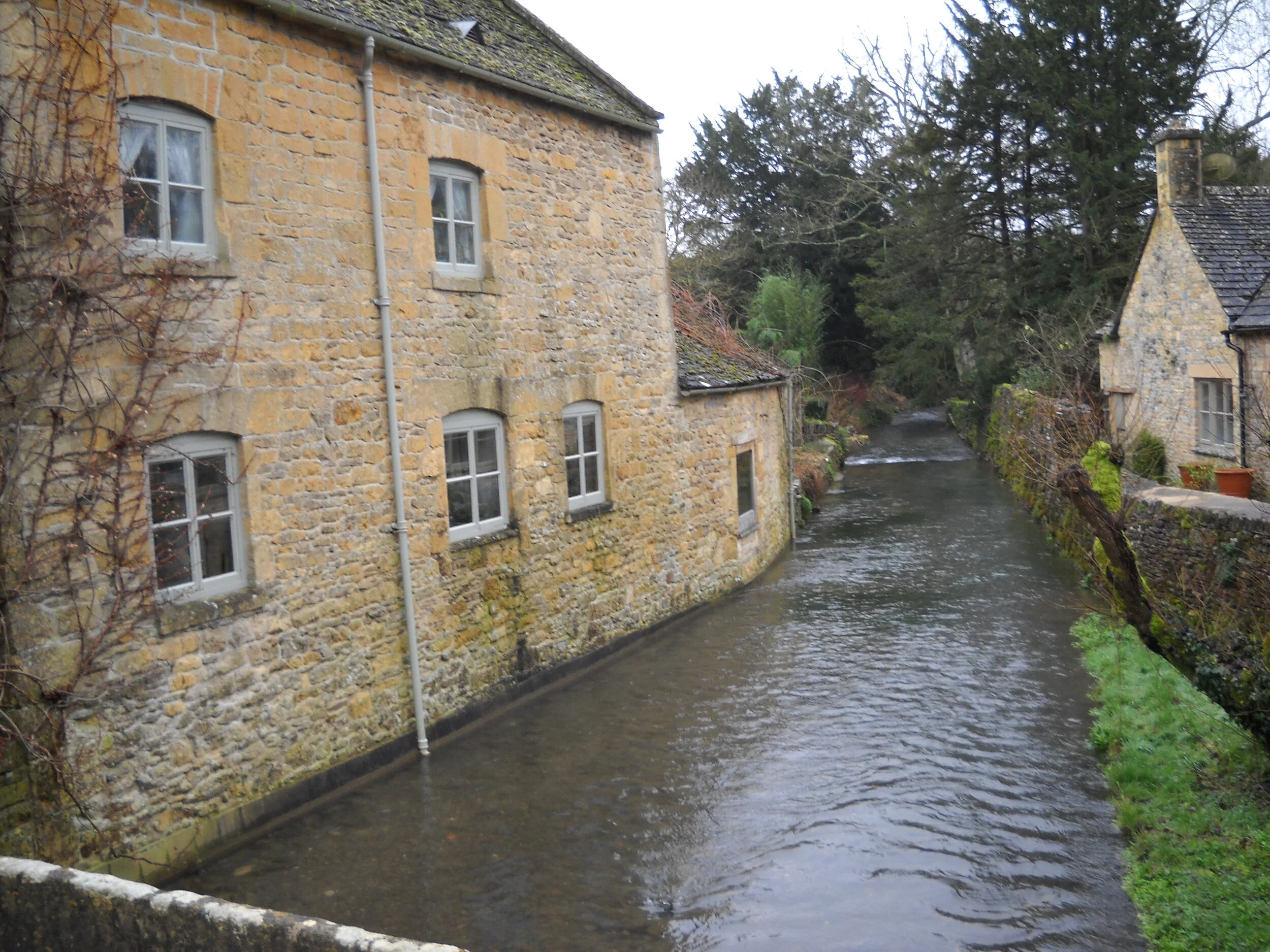Amenities In Land Development Projects
Amenities for your community:
Land development should be about more than just creating building-permit-ready lots. Adding amenities to create a theme, or taking advantage of natural features, can add significant market value to the end product. An amenity-rich project can be incredibly expensive, but there are ways to work around cost to create fun and useful themes that can add market value to the project.
Passive use amenities are desired and sometimes even required by permitting authorities as a part of project approval. When I developed in the Pacific Northwest this was not so much the case, but my projects in Florida pretty much required it. Let’s face it; lots are getting smaller and what used to be done within private lot boundaries really isn’t practical in modern projects.
Low cost and high yield amenities
Gated entry:
Almost every project I have done is gated. All buyers like it, and many demand it. I have always gotten my money’s worth out of the expense, even though some guys think it is a needless one. I take great care to market gated entry projects correctly to avoid potential liability. Gates are not a true security measure since they can easily be forced open by a truck or car bumper. I do not represent anything in my marketing materials that implies “security” from a gate. Instead, I market them as privacy gates, since that’s what they really are. Also, don’t forget pedestrian access when designing gated communities!
Entry monumentation:
Street appeal is always key and for a raw land project that means having a nice entry. Even if it is not gated, there should be street appeal at the entrance. This can be done economically through low maintenance vegetation (with necessary irrigation) and fencing. If there is a gate then there is power, which also means low voltage lights can be placed. Fencing costs can be minimized by doing a split rail design.
Walking / biking trails:
This amenity is almost expected today in projects. You can add other features along the trail that are not costly but can add to the overall effect. I had a project where the walking trail passed by a beaver pond, a bald eagle nest in the distance, and some interesting native plant species like salal, bracken ferns and old growth cedar. I had signs made that described these natural features and placed several turn-out’s along the trail so that residents could step off the path and view them.
Access easements:
Many projects are cramped due to overall acreage and/or smaller lot sizes. I had a project that had a very unique natural feature - a fresh-water fen. A fen is simply a marsh or pond where thick vegetation is matted on the surface of the water, kind of like a peat bog in Ireland.
The fen itself wasn’t that interesting but the wildlife it attracted was. There were owl nests, cranes, hawks and all different species of waterfowl. It was about 75 yards off of my walking trail and across some private lots that I was platting. To give all residents access I created a 20’ walking easement along the common property line of two of the lots and put in a cinder path. The path led to a natural bluff where I had picknick tables that overlooked the fen and surrounding territorial views. This easement across the two lots was recorded and disclosed to the affected lot buyers.
View Corridors:
Many of my projects have had dense vegetation. When allowable, I have opened up view corridors during the clearing and grubbing stages of construction. When strategically placed, these corridors provide a more expansive feel and open up territorial views that enhance overall appeal.
Community garden:
A dedicated community garden with a fence around it can be a good idea. The HOA can rototill it seasonally and include the cost in the annual fee. This is an inexpensive and value-added amenity, but the soil needs to be decent and irrigation or hose bibs are necessary. The nicest ones are segmented and have sections for perennials, like blackberries and raspberries.
Play areas:
You see them, but not from me. I figure there is too much liability related to kids falling off the play structures. Plus, parents these days are not all that good at keeping an eye on their kids. I can also visualize this as a collection area not only for kids, but also the sicko’s that shouldn’t be anywhere near kids. Enough said, except I have never added this feature to a project.
Dog parks:
I love dogs and a dedicated dog park can work if it’s done correctly. By setting aside a dedicated area I can direct the owners to that location to have their dogs “do their thing”. Doggy bag dispensers are necessary and owners should be required to use them. Some projects place waste containers for the used bags but I think a better way is to make the homeowners carry them home for disposal. Waste containers have a way of stinking to high heaven in the summer, plus you need to have a guy empty them ... frequently. I would also stick with a leash requirement to avoid conflicts between the dogs.
Management of amenities:
Creating amenities requires management and maintenance of them. CC&R’s need to specifically describe how the amenity will be maintained and paid for. Even though this will be in the recorded CC&R’s and available for buyers to know through constructive notice, I still add certain items as addenda to a Purchase & Sale Agreement to provide additional actual notice.
Since amenities are typically in the common areas of the project the HOA should make sure that proper insurance coverage is added to the policy. Failure to do so could result in a gap in coverage at the worst possible time.
Undesired use:
Correctly designed common areas attract the desired use – they can also attract undesired use. As HOA president I am always a pretty hands-on guy and keep a close eye on the condition and actual use of any amenity. If partying adults or kids are using a common area for drinking or drugging it has to be stopped. Any amenity requires monitoring and enforcement in my experience. Consider provisions for this from the very beginning, it makes life easier later on.
Review:
With density increasing and lot size decreasing land development projects are more focused than ever on placing community amenities for recreation and marketing clout. If people are going to live on top of each other they expect the community to provide areas for common use that would have otherwise been handled within the boundaries of their lots in times past.
Thoughtful design is key to the value of any amenity. It’s not a value-added enhancement if you carve in a trail somewhere and let it overgrow with vegetation. Almost any amenity requires routine maintenance so in the design phase carefully consider it. Homeowners tend to complain at the annual meetings when maintenance expenses are deemed to be excessive.
Think design, cost of construction, cost of maintenance, liability and overall usefulness for your community amenities. If done correctly they can add extra value to your project.






